Срок службы пресс-формы
- 2024-10-29
Срок службы пресс-формы означает количество деталей, которые можно отформовать, обеспечивая при этом качество деталей. Он включает в себя многократную заточку и замену уязвимых частей до тех пор, пока не будет заменена основная часть формы, в результате чего в общей сложности будут сформированы квалифицированные детали.
2 Нормальный срок службы формы
5 Техническое обслуживание и уход
Отказ пресс-форм делится на нештатный отказ и нормальный отказ. Аномальный отказ (ранний отказ) означает невозможность ввода формы в эксплуатацию до того, как она достигнет признанного срока службы на определенном промышленном уровне. Ранние формы разрушения включают пластическую деформацию, разрушение и сильный локальный износ. Нормальный отказ означает неспособность пресс-форм продолжать эксплуатацию из-за медленной пластической деформации, равномерного износа или усталостного разрушения после крупномасштабного производства и использования.
Количество качественной продукции, произведенной до нормального выхода из строя пресс-формы, называется нормальным сроком службы пресс-формы, сокращенно «жизнь пресс-формы». Количество качественной продукции, произведенной до первого ремонта формы, называется первым сроком службы; Количество качественной продукции, произведенной от одного ремонта пресс-формы до следующего ремонта, называется сроком службы пресс-формы. Срок службы пресс-формы представляет собой сумму ее первоначального срока службы и срока службы каждого последующего ремонта.
Срок службы формы зависит от ее формы и структуры, а также от свойств материала, конструкции и уровня производства формы в течение определенного периода времени. Всестороннее отражение уровня термообработки, использования и обслуживания форм. Срок службы форм в некоторой степени отражает уровень развития металлургической и машиностроительной промышленности в регионе или стране.
Существует множество типов пресс-форм со значительными различиями в условиях работы и поврежденных деталях, но виды отказов можно грубо разделить на три типа: износ, разрушение и пластическая деформация.
(1) Износ и разрушение
Когда форма находится в эксплуатации, она вступает в контакт с формованной заготовкой и создает относительное движение. Явление постепенной потери материала с контактной поверхности из-за относительного движения поверхности называется износом.
(2) Разрушение при разрушении
Когда форма имеет большие трещины или разделяется на две или несколько частей и теряет работоспособность, происходит разрушение. Излом можно разделить на пластический и хрупкий. Материалами форм в основном являются стали средней и высокой прочности, а форма разрушения в основном хрупкая. Хрупкое разрушение можно разделить на единовременное разрушение и усталостное разрушение.
(3) Разрушение пластической деформации
Пластиковые формы испытывают значительные и неравномерные нагрузки во время эксплуатации. Когда напряжение в определенной части формы превышает предел текучести материала формы при этой температуре, возникает пластическая деформация за счет скольжения решетки, двойникования, скольжения по границам зерен и т. д., изменяя геометрическую форму или размер и не подлежащая ремонту. перед обслуживанием, что называется разрушением пластической деформации. Виды разрушения при пластической деформации включают осадку, изгиб, расширение полости, разрушение и т. д.
Пластическая деформация формы — это процесс текучести металлического материала, используемого в форме. Возникнет ли пластическая деформация, главным образом определяется механической нагрузкой и прочностью формы при комнатной температуре. Возникновение пластической деформации в формах, работающих при высоких температурах, в основном зависит от рабочей температуры формы и жаропрочности материала формы.
(1) Влияние структуры пресс-формы
Конструкция пресс-формы оказывает существенное влияние на напряженное состояние пресс-формы. Разумная конструкция пресс-формы может гарантировать, что пресс-форма испытывает равномерную нагрузку во время работы, менее подвержена эксцентричной нагрузке и меньшей концентрации напряжений. Существует множество типов форм со значительными различиями по форме и рабочей среде.
(2) Влияние условий работы пресс-формы
1) Материал и температура формованных деталей.
① Материалы, используемые для изготовления деталей, включают металлы и неметаллы. Вообще говоря, неметаллические материалы имеют низкую прочность, требуют меньшего усилия формовки, меньше нагружают форму и имеют более длительный срок службы. Таким образом, срок службы форм для формовки металлов ниже, чем у форм для формовки неметаллических материалов.
② При формовании высокотемпературных заготовок форма нагревается за счет получаемого тепла. С повышением температуры прочность формы снижается, что делает ее склонной к пластической деформации. При этом между поверхностью формы, контактирующей с заготовкой, и бесконтактной поверхностью существует значительная разница температур, что вызывает температурные напряжения в форме.
2) Характеристики оборудования
① Точность и жесткость оборудования обеспечиваются силой формы, образующей заготовку. В процессе формования оборудование подвергается упругой деформации под действием приложенной силы.
② Сила, действующая на форму и заготовку со стороны скоростного оборудования, постепенно увеличивается с течением времени, а скорость оборудования влияет на процесс приложения силы. Чем выше скорость оборудования, тем больше сила удара по форме в единицу времени (высокий удар); Чем короче время, тем меньше времени требуется для передачи и высвобождения энергии удара, что облегчает локальную концентрацию, что приводит к тому, что местные напряжения превышают предел текучести или прочность на излом материала формы. Следовательно, чем выше скорость оборудования, тем более склонна форма к разрушению или разрушению пластической деформации.
3) Смазка
Смазка поверхности относительного движения между формой и заготовкой может уменьшить прямой контакт между формой и заготовкой, уменьшить износ и уменьшить усилие формования. В то же время смазочные материалы также могут в определенной степени препятствовать передаче тепла от заготовки к форме, снижать температуру формы и способствовать увеличению срока службы формы.
(3) Влияние свойств материала формы
Характеристики материалов пресс-форм оказывают существенное влияние на срок службы форм, включая прочность, ударную вязкость, износостойкость, коррозионную стойкость, твердость, термическую стабильность и сопротивление термоусталости.
(4) Влияние процесса изготовления пресс-форм
1) Во время ковки модуля разница температур внутри и снаружи, вызванная нагревом и охлаждением модуля, приведет к термическому напряжению; Неправильный выбор технических параметров при таких процессах, как осадка, штамповка и расширение отверстий, легко может привести к растрескиванию поковочной заготовки. Кроме того, когда коэффициент проковки превышает определенное значение, поперечные механические свойства резко снижаются из-за образования волокнистой ткани, что приводит к анизотропии.
2) При электрической обработке пресс-форм могут возникать слои разной степени износа. Кроме того, из-за местного внезапного нагрева и охлаждения легко образуются остаточные напряжения и растрескивание.
3) Термическая обработка форм.
Термическая обработка пресс-формы проводится после ковки модуля и черновой обработки и является практически завершающим процессом обработки пресс-формы. Выбор материалов пресс-форм и определение процессов термообработки оказывают существенное влияние на производительность пресс-форм.
Техническое обслуживание и содержание
(1) Цель: поддерживать оптимальную производительность и продлить срок службы оборудования, обеспечивая нормальное производство.
(2) Область применения: Подходит для ремонта и обслуживания пресс-форм.
(3) Регулярный осмотр и техническое обслуживание. Регулярное техническое обслуживание и осмотр должны проводиться ремонтником пресс-формы, а также персоналом верхней и нижней пресс-форм.
(4) Метод электролитической ультразвуковой очистки оказывает лучшее очищающее воздействие на обрабатываемые формы. Во время очистки он также играет роль в предотвращении ржавчины.
1. Ежедневный плановый осмотр и техническое обслуживание:
Работает ли пресс-форма в нормальном состоянии?
а. Есть ли защита от блокировки при низком напряжении; б. Изношены ли и правильно ли смазаны активные части, такие как направляющие стойки, верхние тяги и ряды. Заправляться требуется не реже одного раза в 12 часов, а для специальных сооружений частоту дозаправки следует увеличить. в. Ослаблены ли винты и стопорные зажимы фиксированного шаблона формы;
1.2 Нормальные производственные условия: проверьте, не связаны ли дефекты изделия с плесенью;
1.3 При демонтаже следует провести комплексный осмотр формы и провести обработку против ржавчины: вытереть насухо влагу в полости формы, стержне, механизме выброса и положении рядов, сбрызнуть пресс-форму ингибитором ржавчины или нанести сливочное масло.
1.4 Пресс-форму после снятия с машины следует поместить в отведенное место и записать:
а. Состояние пресс-формы: неповрежденная или требует ремонта. б. Метод антикоррозийной обработки при изготовлении пресс-форм.
2. Ежеквартальные плановые проверки:
В основном для очистки и ухода за формами, которые не использовались более двух месяцев.
2.1 Откройте форму и проверьте эффективность внутренней защиты от ржавчины. При возникновении каких-либо нештатных ситуаций необходимо повторно провести обработку для предотвращения ржавчины. Формы, которые длительное время не используются, следует смазать сливочным маслом.
2.2 Вернитесь в исходное положение и сделайте записи.
Пресс-форма является основным технологическим оборудованием машиностроительного производства и незаменимым инструментом при производстве промышленной продукции. Эксплуатация форм, изготовленных из литейной стали, требует строгого контроля за производственным процессом, а сырье для производства форм также должно строго контролироваться, чтобы предотвратить преждевременный выход из строя, растрескивание при термообработке и другие дефекты, вызванные проблемами с материалом.
Контроль сырья для форм осуществляется по следующим аспектам:
1. Макроинспекция
Химический состав имеет решающее значение для обеспечения эксплуатационных характеристик стали, но квалифицированный состав не может полностью объяснить эксплуатационные характеристики стали. Ввиду неоднородности внутреннего строения и состава стали макроскопический контроль во многом восполняет этот недостаток. Макроскопические испытания позволяют наблюдать кристаллизацию стали, нарушение непрерывности стали и неоднородность некоторых компонентов. Восемь распространенных макроскопических дефектов: сегрегация, пористость, включения, усадка, пузыри, белые пятна, трещины и складки.
2. Оценка отожженной ткани
Цель отжига – снизить твердость стали, облегчить механическую обработку, а также подготовить конструкцию к последующей термообработке.
3. Неоднородность карбидов.
Мартенситная сталь типа Cr12 содержит в своей микроструктуре большое количество эвтектических карбидов, и неравномерность карбидов оказывает очень важное влияние на ее эксплуатационные характеристики. Поэтому необходимо осуществлять строгий контроль за распределением карбидов.
Таким образом, из-за сложности производственных объектов на литейных заводах и в цехах, а также того факта, что они в основном представляют собой единичные детали или небольшие партии, это вносит определенные трудности в формулирование и управление квотами на производство пресс-форм. Кроме того, методы производства, оборудование и технические качества каждой фабрики и цеха неодинаковы. Поэтому при формулировании норм необходимо найти соответствующие методы разработки передовых и разумных норм рабочего времени, исходя из фактического положения фабрики и цеха, в целях повышения производительности труда.
-
ЯРЛЫК:
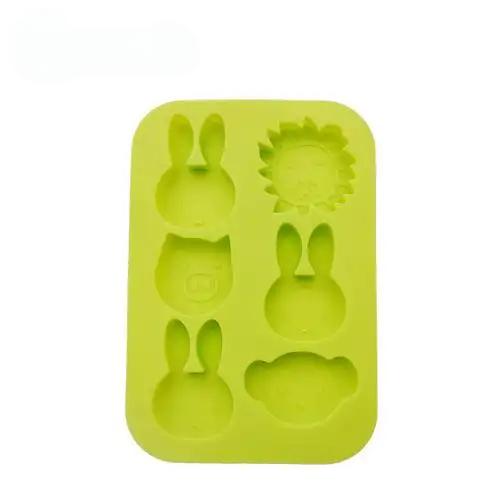
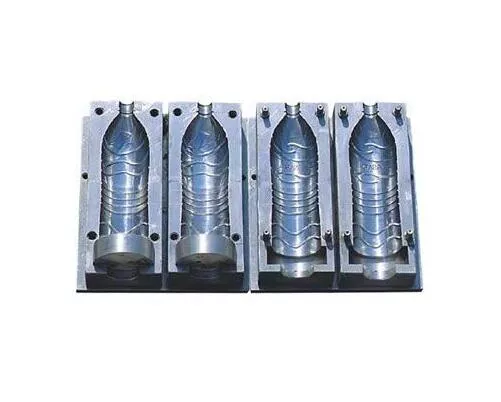
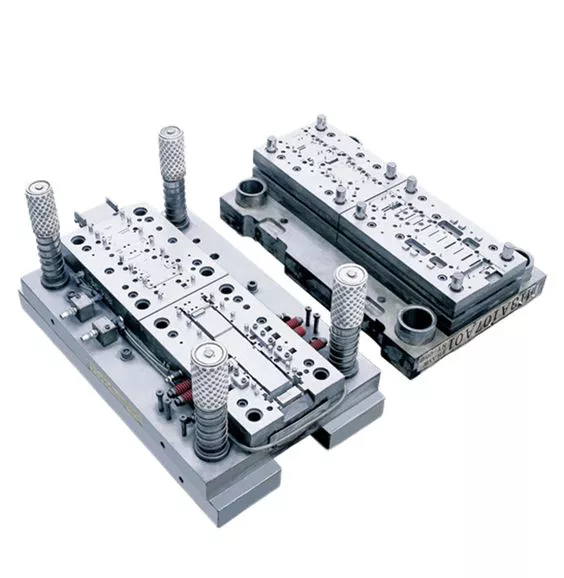
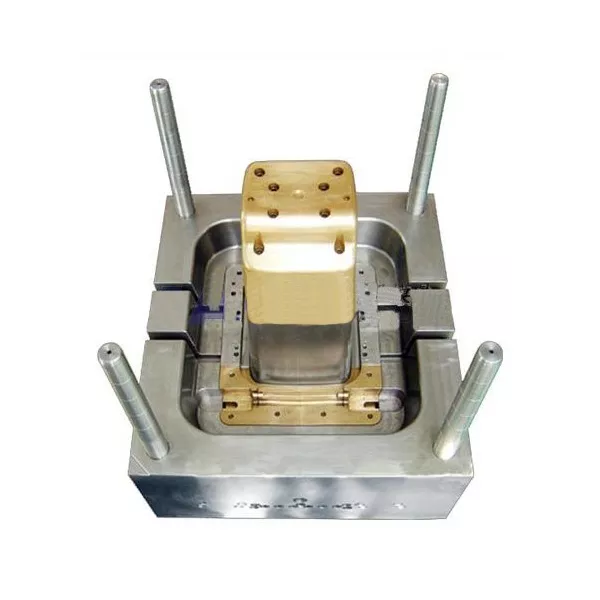
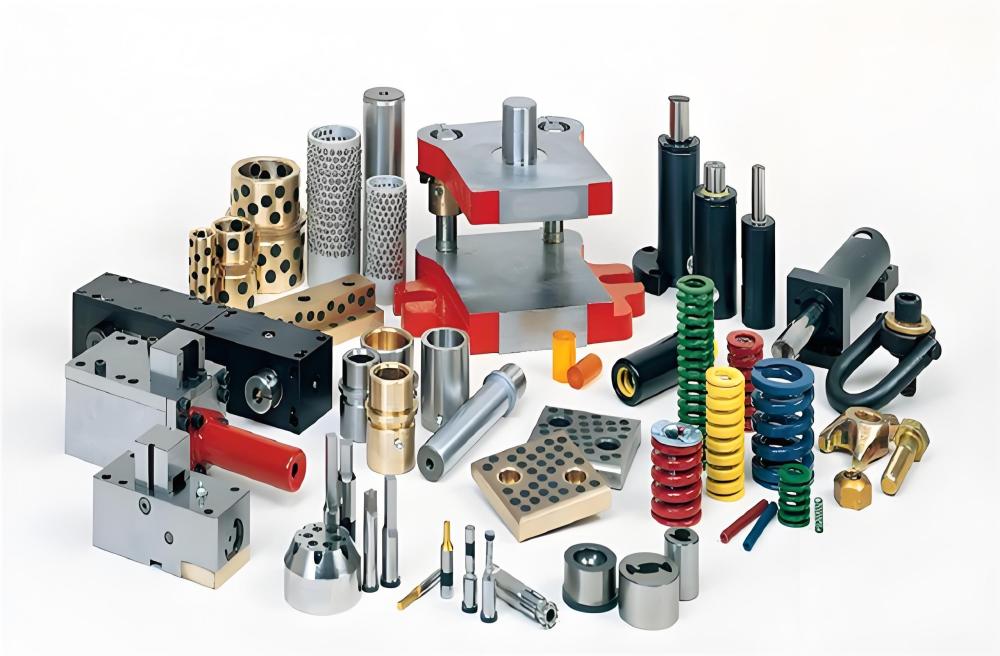
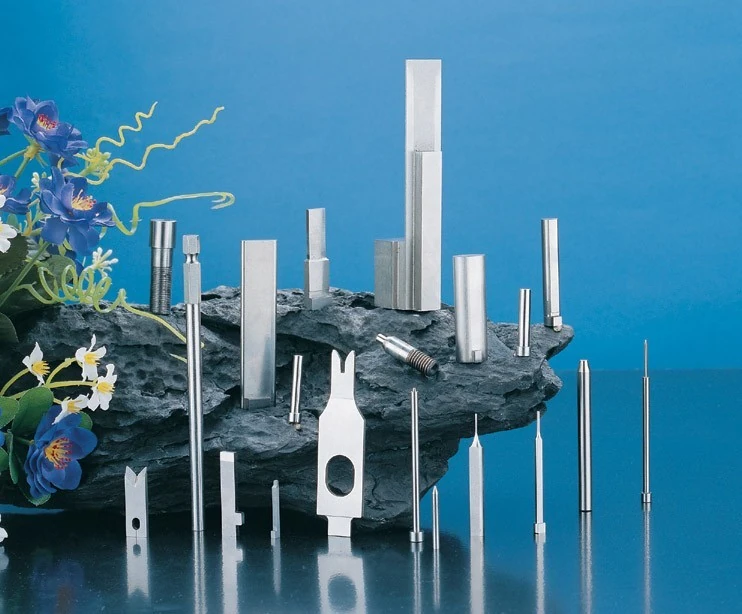
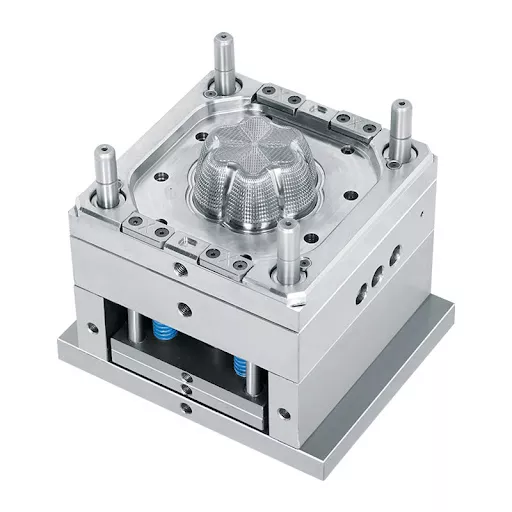
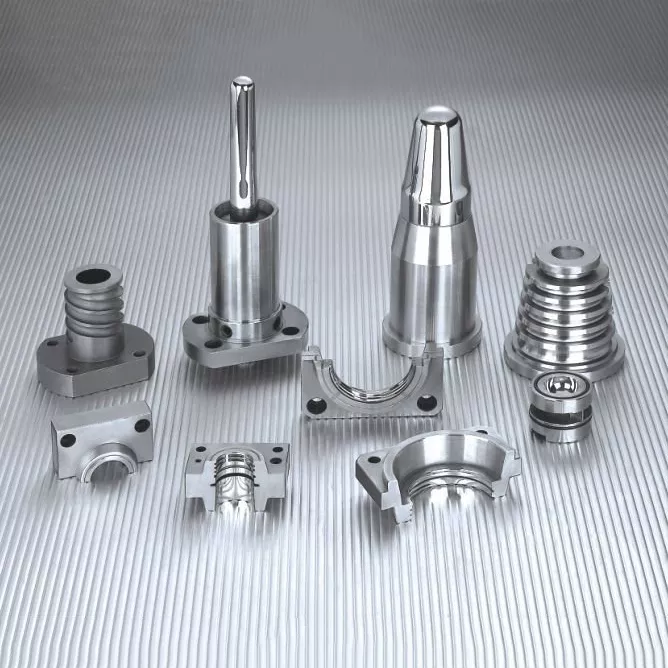
Отправить запрос немедленно